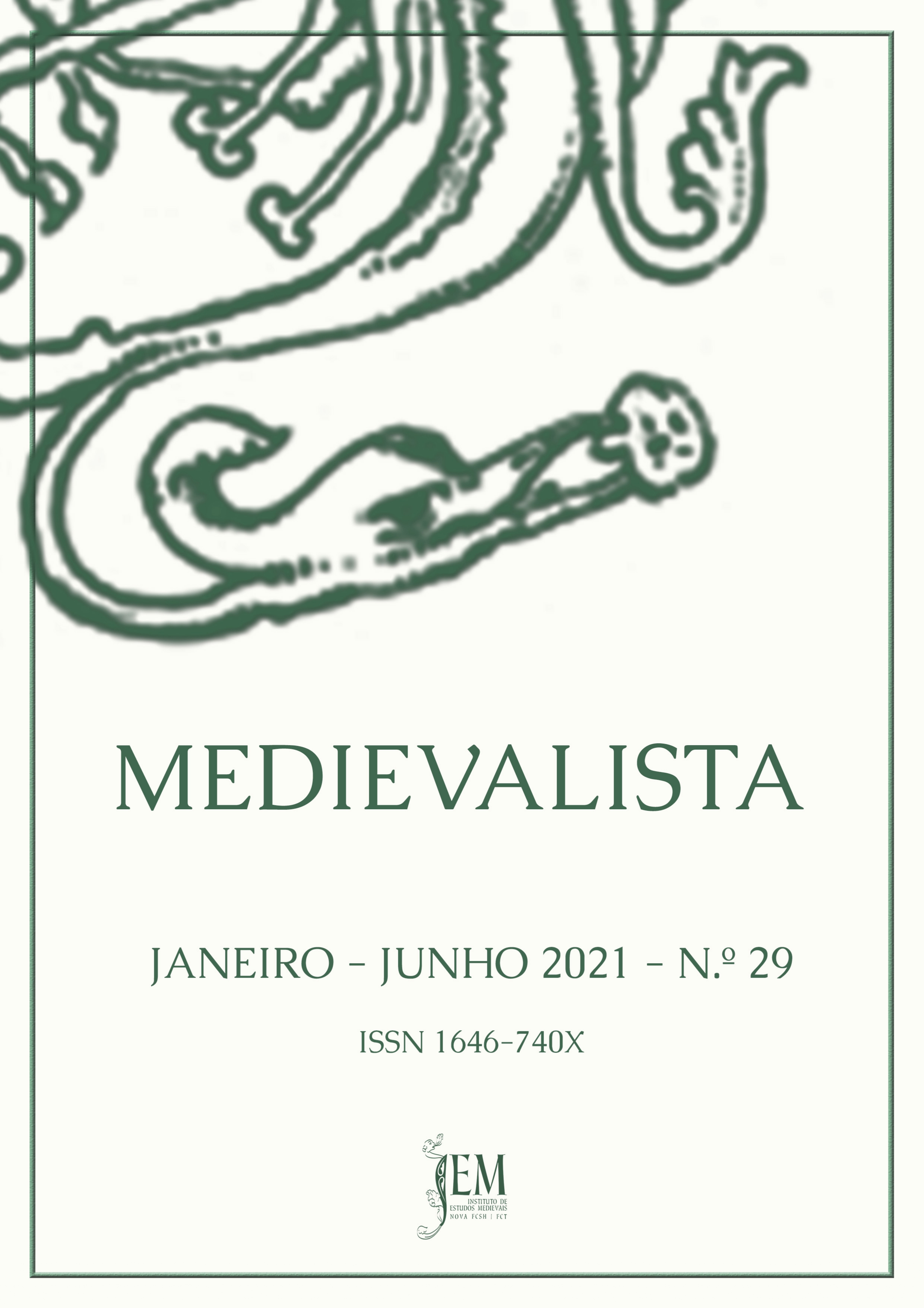Producing the Bestiary: From Text to Image
DOI :
https://doi.org/10.4000/medievalista.3867Mots-clés :
Physiologus, Bestiaries, Deviations, Manuscripts, ImagesRésumé
In this paper, I investigate the relationship between the text and the images in medieval Latin bestiary manuscripts. Medieval bestiaries, which are derived from the ancient Physiologus, comprise a nearly 1800-year-old tradition and have spawned several hundreds of copies throughout Europe, including a smaller subset of Latin bestiaries. Summarizing the first ever comprehensive analysis of the entire corpus of Latin bestiaries, this paper examines the patterns of deviations, or exceptions from the rigorous canon governing bestiary illustrations. I use the deviations to investigate the relationship between the work of the scribe and that of the artist in the production of bestiary manuscripts in order to determine to what extent medieval artists used already existing illustrations, and, conversely, when and to what extent they were willing or able to deviate from the canon. In the latter case, I try to explore the artist’s possible motivations, as well as the reasons for choosing specific motifs.
Téléchargements
Téléchargements
Publiée
Comment citer
Numéro
Rubrique
Licence
(c) Tous droits réservés Medievalista 2024

Ce travail est disponible sous la licence Creative Commons Attribution 4.0 International .





















